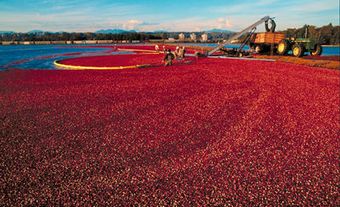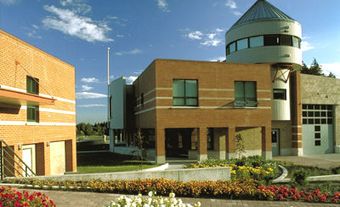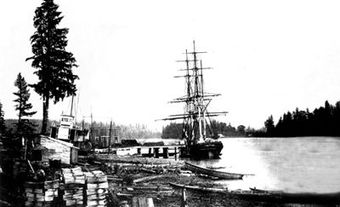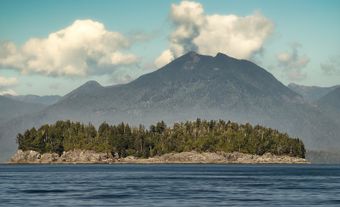Burnaby, BC, incorporated as a city in 1992, population 249,125 (2021 census), 232,755 (2016 census). Burnaby adjoins Vancouver on the west, Coquitlam on the east and New Westminster on the southeast. Named after Robert Burnaby, a businessman and legislator of the 1860s, it features Burnaby Mountain (365 m), Burnaby Lake, the Fraser River and Burrard Inlet. Burnaby was a district municipality for one hundred years before being granted civic status in 1992. It is governed by a mayor and eight councillors and is a member Metro Vancouver. (See also Municipal Government in Canada.)
Development
Originally a sparsely populated rural district - with a population of 400 in 1900 - Burnaby developed into a residential community for workers in Vancouver and New Westminster. Industrial development and construction of large wholesale and retail outlets followed, and urbanization has continued in recent years. Now almost fully developed, the city is concentrating on infill and diversification projects.
Economy and Labour Force
Over the 1990s Burnaby's economy has shifted from light manufacturing and heavy industry to high technology. The shift is mainly due to high land values and congestion. Other important sectors are the film industry, education, retail, utilities, and warehouse and distribution. (See also Canadian Film History: 1974 to Present.) Residential and industrial developments have almost eliminated agriculture. The city is served by 11 Skytrain stations.
Cultural Life

Burnaby's educational facilities include Simon Fraser University and the British Colombia Institute of Technology (BCIT). The city’s attractions include the Burnaby Village Museum , Barnet Marine Park, Shadbolt Centre for the Arts and the Burnaby Art Gallery. Burnaby Lake Regional Park, with some 200 bird species, is popular for bird watching. Central Park, once a naval reserve for its timber, preserves immense Douglas Fir trees. Scotia Barn (formerly Burnaby 8-Rinks) an indoor ice rink complex is the practice facility for the Vancouver Canucks.

 Share on Facebook
Share on Facebook Share on X
Share on X Share by Email
Share by Email Share on Google Classroom
Share on Google Classroom





